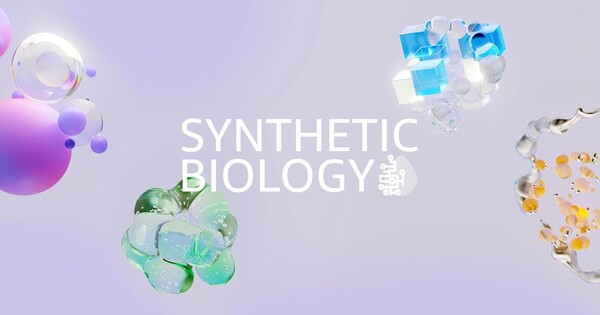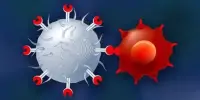Science, engineering, and social science principles are used in synthetic biology to create new technologies such mRNA vaccines and alternative meats; A novel method for bringing together established fields is produced by dissecting synthetic biology at various scales; Case studies provide a flexible, scalable method of instruction at various establishments.
Synthetic biology, the science of modifying biology, has a large number of “cooks in the kitchen,” which has contributed to its success but also made developing a coherent, consistent curriculum for students at all study levels exceptionally challenging. The disparities in teaching methods and literature among the several disciplines involved, ranging from chemical engineering to ethics, result in inconsistent outcomes for scientists.
Now, Northwestern University researchers propose a new way to teach synthetic biology that uses different levels of organization — starting at the molecular scale and growing to the societal scale — to teach core principles and a holistic view of developing sustainable synthetic biology technologies. The approach incorporates components from many disciplines, allowing people from many different backgrounds to access synthetic biology education.
A paper detailing the framework was published in the journal Nature Communications.
One of the biggest problems we saw in our students and labs are that they tend to be focused on a very specific problem. For example, if you’re looking at how CRISPR works, you might be studying the localized protein machinery that makes edits to the DNA. But if you’re going to create a technology based on CRISPR, there are many other important facets than the molecular scale workings.
Ashty Karim
“Early versions of synthetic biology courses lacked a conceptual foundation,” said Julius Lucks, a synthetic biology expert and lead author. “From an educational perspective, you saw a kind of hodgepodge depending on which department you were in. We set ourselves the challenge of trying to figure out, how can you merge all those disciplines, somehow develop a common framework and create a common language?”
Lucks is a professor of chemical and biological engineering at Northwestern’s McCormick School of Engineering and co-director of the Center for Synthetic Biology (CSB).
When genetic engineering emerged in the 1970s, the idea to reuse, repurpose and reconfigure biological systems to address challenges in society — the core of synthetic biology — became possible. With CRISPR’s advent around 1990, synthetic biology was popularized and, without any curriculum to turn to, faced an identity problem.

“One of the biggest problems we saw in our students and labs are that they tend to be focused on a very specific problem,” said Ashty Karim, a Northwestern research assistant professor of chemical and biological engineering and the paper’s first author.
“For example, if you’re looking at how CRISPR works, you might be studying the localized protein machinery that makes edits to the DNA. But if you’re going to create a technology based on CRISPR, there are many other important facets than the molecular scale workings. How does it work in the context of a cell or a population of cells within someone’s body across different tissues? How does that interact with current healthcare systems? These are discussions that we need to be having and might influence the science that we do.”
Karim is the director of research at CSB and a core member of its faculty.
From this came the idea of breaking down biology into scales, developed originally from a conversation about how most introductory biology courses present a continuum that moves from DNA to tissue to organism. There are emerging behaviors that appear at different levels of organization; society behaves differently from an organism, and so on. Synthetic biology, according to the paper, can be broken down into five components: molecular, circuit/network, cellular, biological communities and societal.
Key to the proposed framework is the presence of robust ethics at each scale.
By piloting the curriculum with undergraduate and graduate students at Northwestern, the authors said they found that different core principles, like thermodynamics and kinetics, mapped onto different scales naturally. For instance, do you need to understand a principle all the time? Or can you “ignore” it up to a certain scale?
Curriculum should also be underpinned by case studies that help learners analyze how engineering choices made at one scale affect biological function at another, assemble potential solutions to global challenges across scales and identify the impact of synthetic biology on societal goals and ethical issues. Case studies can also be tailored to the institution or instructor implementing the curriculum.
According to Lucks and Karim, who both stated that the idea “clicked” for students even on the first occasion they taught the course, presenting the technique in classes has been extremely successful. The Northwestern Center for Synthetic Biology really employs the scales concept to organize its high edge collaborative research, that’s how successful it has been.
In addition, the researchers anticipate that the curriculum may be applied much more widely. They have made ideas and resources available for others to utilize in order to customize the method to suit their requirements and interests.
















